Water pumps, as the most significant devices used in fluid dynamics, play a critical role in our daily lives.
The Definition of Water Pump
A water pump is a mechanical device designed to move water from one place to another. It is commonly used to circulate and supply water in various applications, such as residential, industrial, agricultural, and commercial settings. Water pumps are essential for maintaining a reliable water supply in many systems, including water distribution networks, heating and cooling systems, irrigation, and sewage treatment plants.
The basic principle of a water pump involves the conversion of mechanical energy, typically from an electric motor or an internal combustion engine, into kinetic energy in order to transfer water. There are various types of water pumps, including centrifugal pumps, positive displacement pumps, and submersible pumps, each designed for specific purposes and operating conditions. Choosing the pump depends on factors such as the volume of water to be moved, the necessary pressure, and the application’s specific requirements.
How Does a Water Pump Work?
Water pumps work by converting mechanical energy into kinetic energy to move water from one location to another. The exact mechanism depends on the type of a water pump, with centrifugal pumps being one of the most common types. Here’s a general overview of how a centrifugal water pump works:
- Impeller Rotation
- The pump is powered by an external source, typically an electric motor or an internal combustion engine. The motor or engine drives an impeller, which is a rotating component with curved blades.
- Centrifugal Force
- As the impeller rotates, it creates a centrifugal force that propels water away from the center of rotation. This centrifugal force causes water to move outward and upward from the center of the impeller.
- Creation of Low Pressure
- As water is forced away from the impeller, it creates a region of low pressure at the center of the impeller. This low-pressure zone at the impeller’s center causes more water to be drawn into the pump.
- Suction
- The low-pressure zone at the impeller’s center effectively sucks water into the pump from the water source (e.g., a well, reservoir, or pipeline).
- Discharge
- The rotating impeller transfers kinetic energy to the water, pushing it through the pump housing and into the discharge pipe.
- Delivery
- The water is then delivered to its destination, whether it’s a water distribution system, an irrigation network, or any other application requiring water movement.
What Are the Advantages and Disadvantages of Water Pump?
Advantages of Water Pumps
- Efficient Water Movement
- Water pumps are designed for efficient and reliable water movement, ensuring a consistent supply to various applications.
- Versatility
- Water pumps are versatile and find applications in various industries, including agriculture, residential water supply, industrial processes, and more.
- Automation
- Many water pumps can be automated, allowing for easy control and regulation of water flow based on demand.
- Irrigation
- Water pumps are crucial for irrigation systems, providing the necessary water pressure to distribute water across agricultural fields.
- Cooling Systems
- They are essential components in cooling systems for engines and machinery, preventing overheating by circulating coolant.
- Waste Water Management
- Water pumps play a vital role in sewage and waste water treatment plants, facilitating the movement of effluent for processing.
- Fire Protection
- Firefighting systems often rely on water pumps to deliver water at high pressure in case of emergencies.
- Domestic Water Supply
- In residential settings, water pumps ensure a steady supply of water for daily needs such as drinking, bathing, and cleaning.
Disadvantages of Water Pumps
- Energy Consumption
- Depending on the type and size, water pumps can consume a significant amount of energy, contributing to operational costs.
- Maintenance Requirements
- Regular maintenance is essential to ensure the proper functioning of water pumps. Wear and tear, clogging, and other issues may arise over time.
- Initial Cost
- The initial cost of purchasing and installing a water pump, especially for high-capacity or specialty pumps, can be relatively high.
- Environmental Impact
- Depending on the energy source used, the operation of water pumps may have environmental implications, especially if powered by non-renewable energy.
- Noise and Vibration
- Some water pumps, especially larger industrial ones, can generate noise and vibration during operation, requiring proper insulation and installation.
- Water Quality
- In certain cases, water pumps may stir up sediments or contaminants in the water source, affecting water quality.
- Dependence on Power Supply
- Electric water pumps are dependent on a reliable power supply. Power outages or disruptions can temporarily halt water pumping operations.
- Limited Suction Lift
- Some types of water pumps, particularly centrifugal pumps, have limitations on the height they can lift water (suction lift), requiring careful consideration of installation locations.
What Are Water Pump Types?
There are several types of water pumps, each designed for specific applications and operating conditions. Here are some common types of water pumps:
- Centrifugal Pumps
- How they work: Centrifugal force generated by a spinning impeller propels water outward, creating a low-pressure zone that draws in more water.
- Applications: Widely used for water supply in residential, industrial, and agricultural settings.
- Positive-Displacement Pumps
- How they work: Displace a fixed amount of water with each rotation or stroke.
- Types: Includes reciprocating pumps (piston and diaphragm pumps) and rotary pumps (gear, vane, and screw pumps).
- Applications: Suitable for applications requiring precise flow control, such as dosing and metering.
- Submersible Pumps
- How they work: Submerged in the fluid they pump, typically used for pumping water from wells or underground sources.
- Applications: Deep well water extraction, sewage pumping, and other submerged applications.
- Jet Pumps
- How they work: Use a jet of high-pressure fluid to create a low-pressure zone that draws in and lifts water.
- Applications: Commonly used for shallow well pumping and in domestic water supply systems.
- Diaphragm Pumps
- How they work: Use a flexible diaphragm to move water through a series of check valves.
- Applications: Often used in applications requiring a pulsating flow, such as certain chemical dosing systems.
- Axial Flow Pumps
- How they work: Move water in parallel to the pump shaft, with propeller-like blades.
- Applications: Suited for large water volume, low head applications, such as flood control and irrigation.
- Mixed-Flow Pumps
- How they work: Combine features of centrifugal and axial flow pumps, moving water both radially and axially.
- Applications: Suitable for applications where moderate head and flow rates are required.
- Gear Pumps
- How they work: Use gears to push water from the inlet to the outlet.
- Applications: Commonly used for low-flow, high-pressure applications.
- Screw Pumps
- How they work: Use rotating screws to move water along the screw axis.
- Applications: Suitable for viscous fluids and industrial processes.
- Peristaltic Pumps
- How they work: Use a flexible tube or hose squeezed by rollers to move water.
- Applications: Suitable for pumping abrasive or shear-sensitive fluids.
Conclusion
In summary, water pumps are vital devices that efficiently move water for diverse applications. From ensuring water supply in homes to supporting agriculture and industry, the various types of pumps play a key role in fluid dynamics.
While offering benefits like versatility and automation, challenges such as energy consumption and maintenance should be considered. Ultimately, water pumps are indispensable for managing water resources and sustaining essential processes in our daily lives and industries.

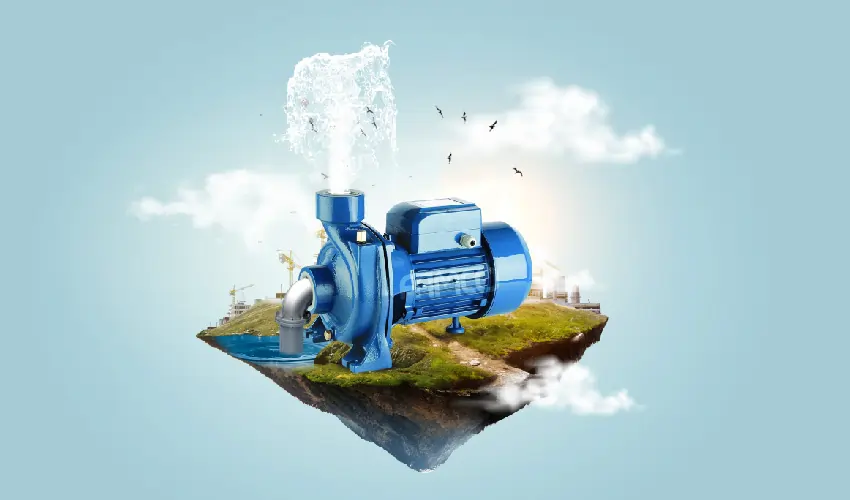



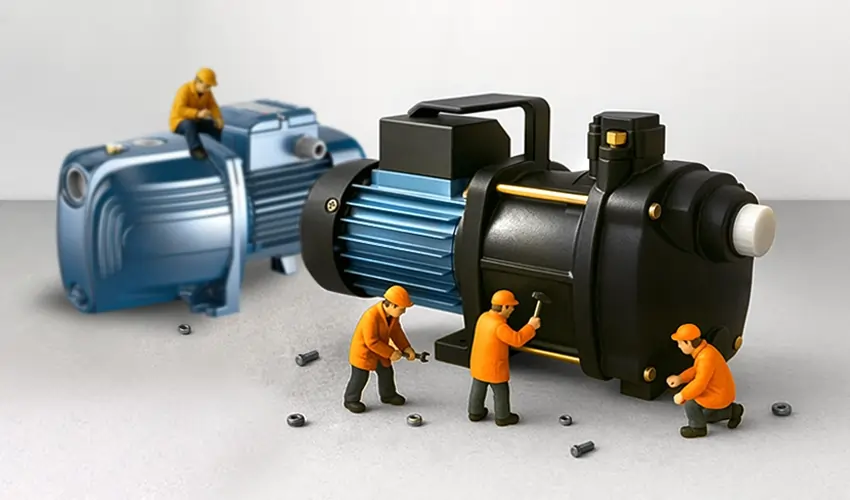

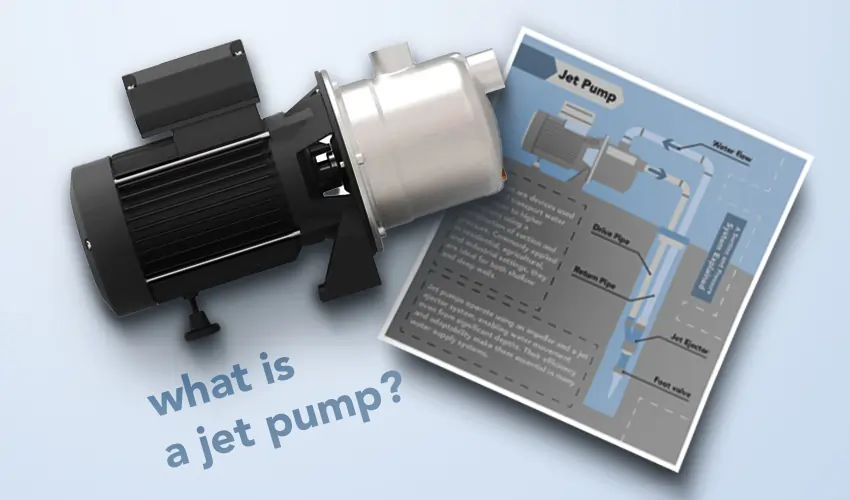
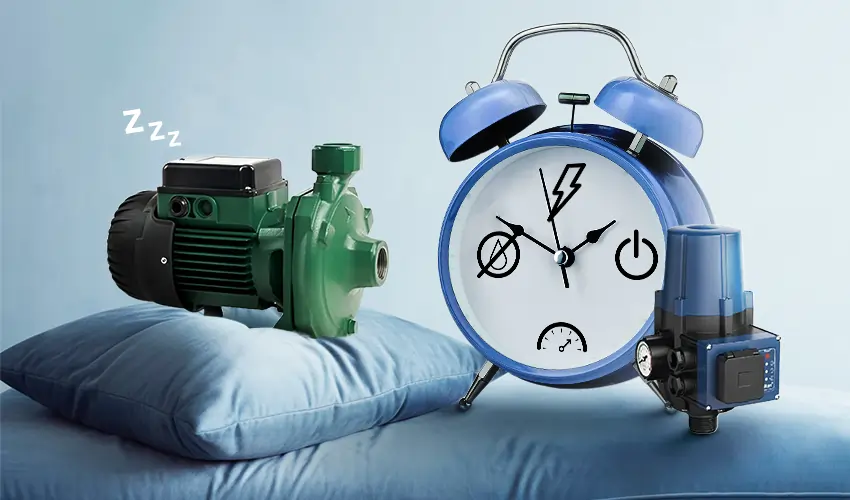
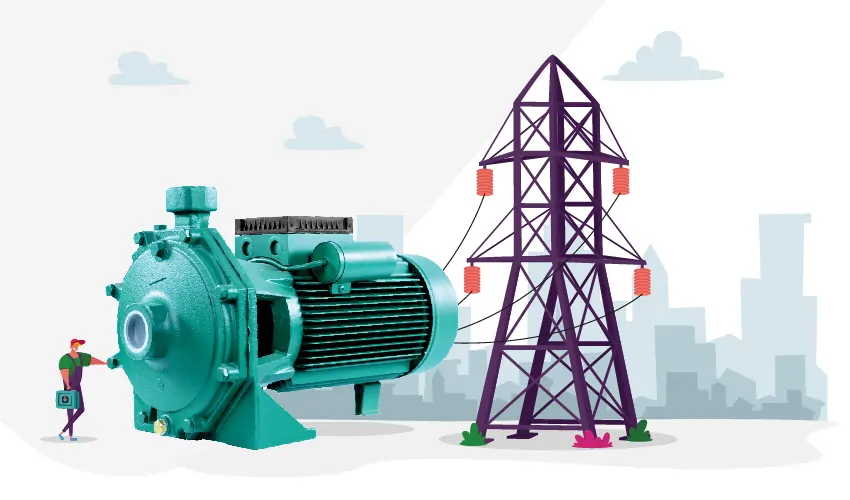



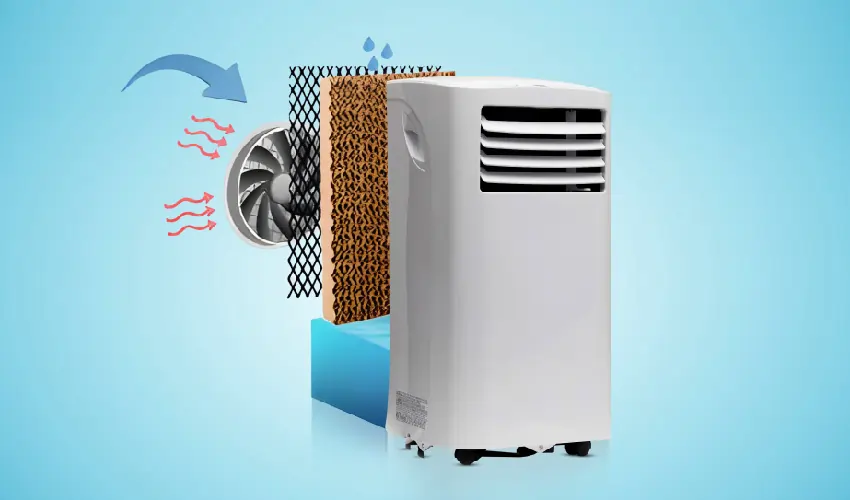
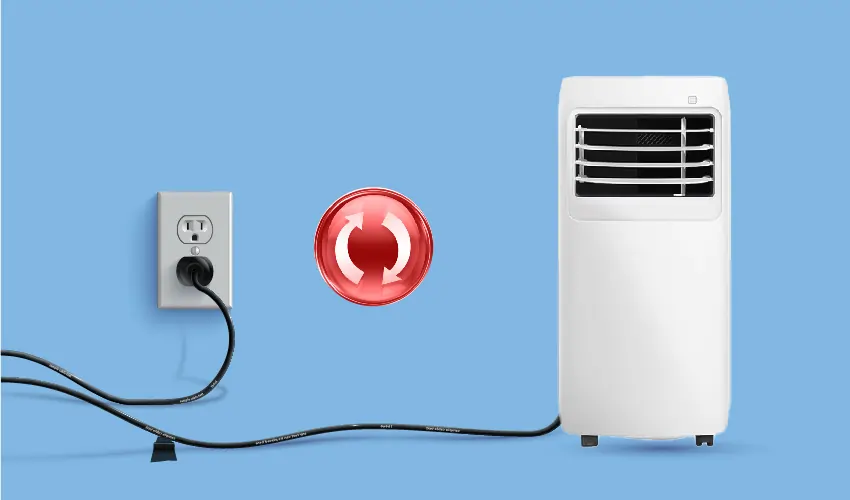
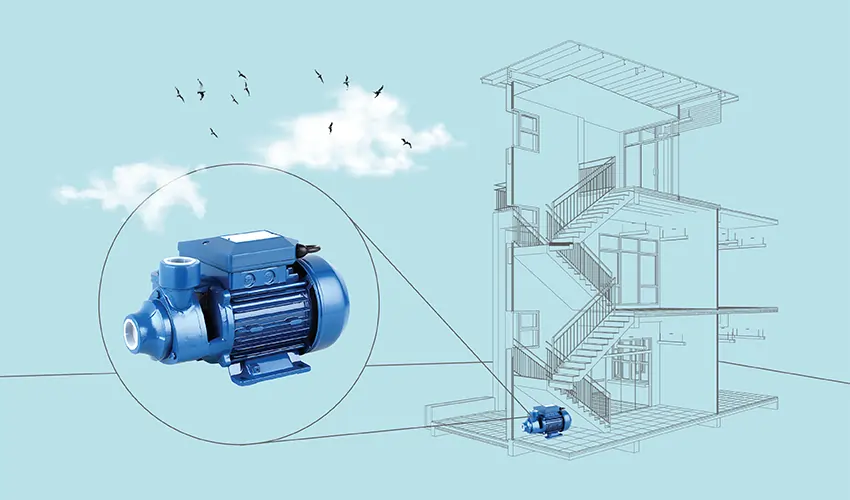
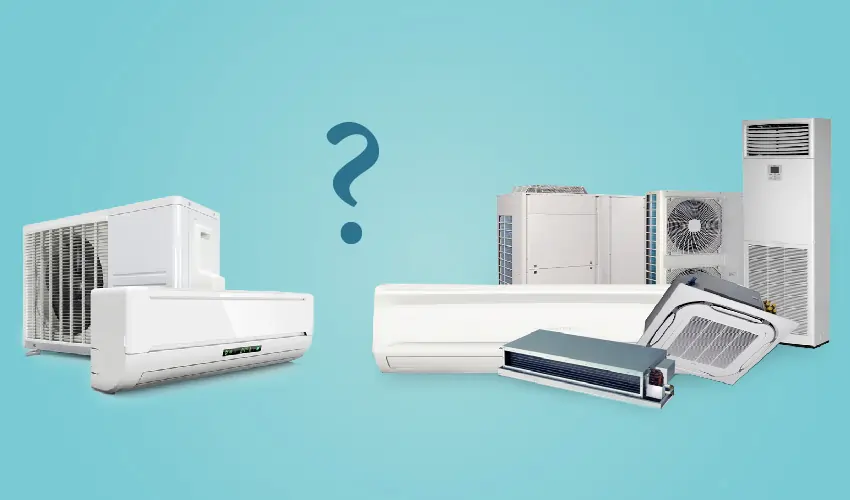

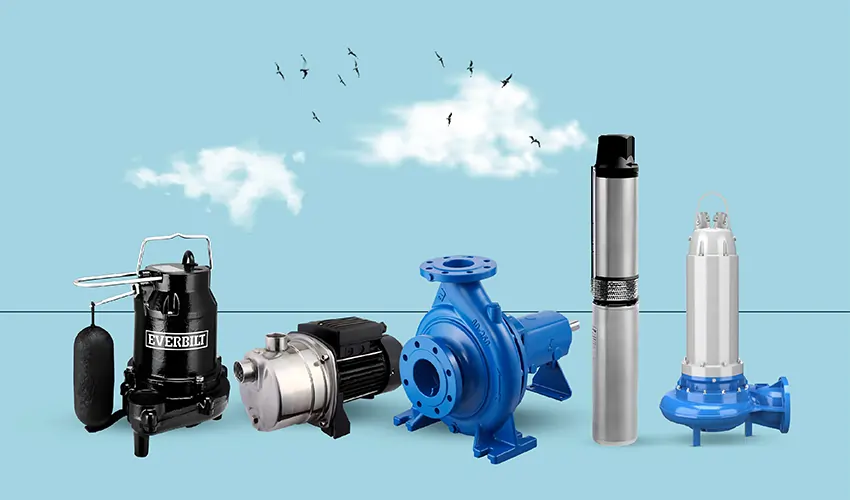
Not only increases the water pressure but also guarantees a steady and reliable flow rate. Water pumps are essential for maintaining a reliable water supply in various systems, ensuring that all areas receive adequate.